
Aegean Final Report: “Inadequate Lookout”
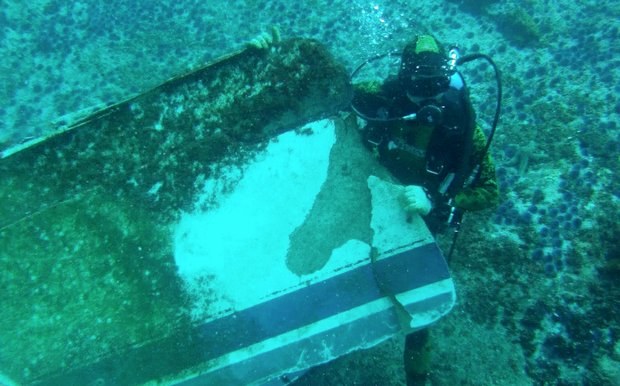
West Coast sailors were delivered a one-two punch this spring when two tragic accidents just two weeks apart took a total of nine lives. First, Low Speed Chase went ashore at the Farallones on April 14 during the Full Crew Farallones Race, killing five of the eight crewmembers. Then on April 28, the Hunter 376 Aegean ran into North Coronado Island during the Newport to Ensenada race, taking all four crewmembers. US Sailing’s report on the LSC incident was released in early August, while Aegean‘s was released yesterday (click here to download the full report).
As predicted, the investigative panel — which included West Coast sailors Bruce Brown (chairman) and Alan Andrews, and special consultants such as Evans Starzinger and Chuck Hawley — found that "a key element of the accident was likely an inadequate lookout, and that it is likely that Aegean inadvertently motored beyond a waypoint set before North Coronado Island." Three of the victims — owner/skipper Theo Mavromatis, 49, Kevin Rudolph, 53, and William Johnson, 57 — died of blunt force trauma, while Mavromatis’s brother-in-law Joe Stewart, 64, died of drowning due to traumatic injuries.
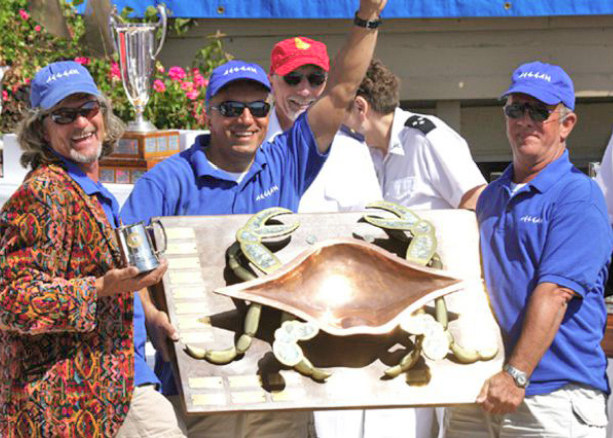
© Latitude 38 Media, LLC
The 119-page report went on to detail the presumed events of April 27-28, which are as telling as they are grisly. The panel believes the boat had been motoring under autopilot for several hours when it struck the island at about 1:36 a.m. The SPOT device onboard had been steadily transmitting the boat’s position, and pinged once more two minutes after the boat hit the rocks. Then at 1:43 — three minutes before it was set to ping again — the device was manually activated to send a 911 message by someone aboard. At 1:44 and 1:45 a.m., two voicemails were left on Mavromatis’s wife’s phone. Sadly, none of these messages were retrieved until 9 a.m.
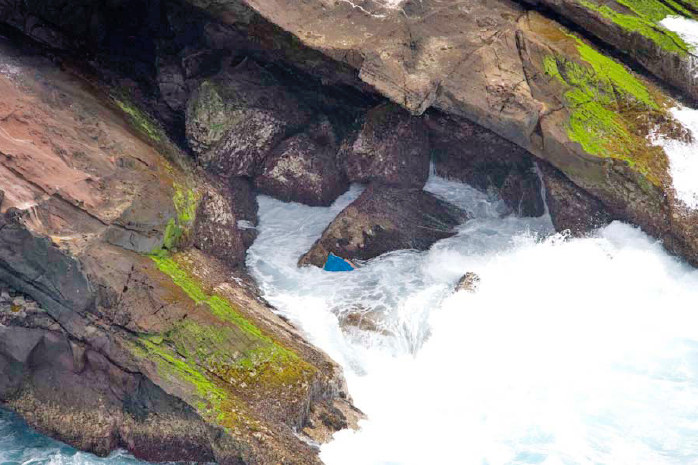
Flotsam at the site, a large debris field nearby, the recovery of the bodies and the eventual discovery of underwater wreckage — including the boat’s engine — at the island leave no doubt that Aegean ran into North Coronado Island. Though the panel determined that an inadequate lookout was the primary cause of the accident, during their investigation they discovered additional safety issues that could be addressed to prevent future accidents:
1. Always maintain a lookout, with a watch of at least two people, using audible waypoint and radar alarms.
2. Racers need to be made aware of the light obscuration zones in the Coronado Islands.
3. Each watch must understand the operation of the boat’s navigation systems.
4. The use of autopilots while motoring should be reviewed by race organizers.
5. To improve communication, racers should monitor VHF 16 and race organizers should provide a 24-hour emergency contact.
6. US Sailing should create a guide to emergency signaling devices.
7. US Sailing should create a crisis management template for race organizers.
The last item on the list would undoubtedly be appreciated by race officials as most smaller races are run by volunteers who rarely have the time and/or knowledge to significantly update race rules. Serious accidents happen so rarely — no matter what the mainstream media want you to believe — that inexperienced race officers might easily get flustered during an emergency. Having a guide or checklist to follow when things are getting crazy would help ensure nothing gets missed.
As they have been since April, our thoughts are with the families and friends of those killed in these terrible accidents. Hopefully we can all learn something that will make us safer on the water, not the least of which is to always maintain a proper lookout.
Smashing Great Pumpkin
Richmond YC’s Great Pumpkin Regatta was held last weekend, stealing the thunder, and most of the boats, from other sailing events on San Francisco Bay. Racers trailered their boats from as far away as Oregon and Washington to enjoy some California sunshine, and the weather lived up to the promise.
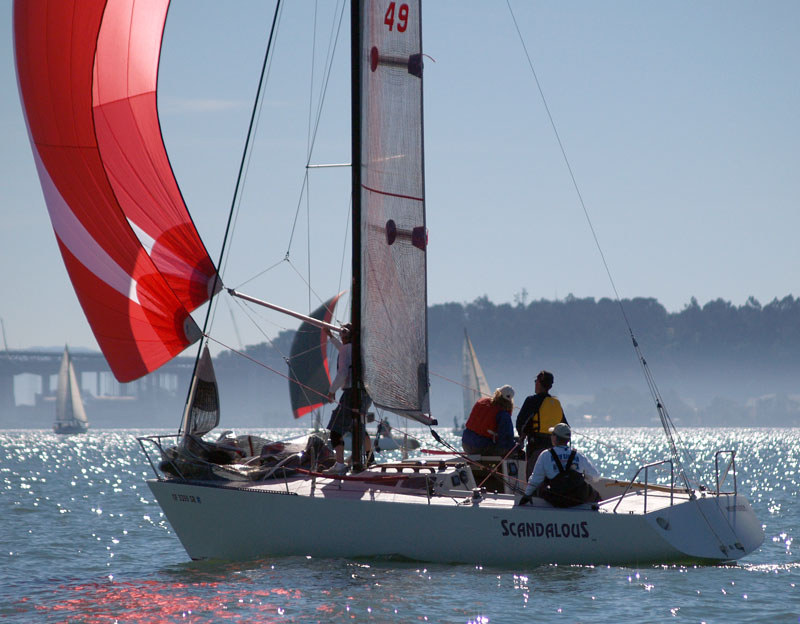
© Latitude 38 Media, LLC
Windward-leeward races on three different courses held something for everyone, as the westerly built from about 8 knots to 18 by the third race. Twenty-three one design and PHRF divisions accommodated 148 boats. Some of the one designs, such as the Moore 24s, Express 27s and Open 5.70s, used Saturday’s three buoy races for the finale in their championship series. Ten Wyliecat 30s used the weekend’s four races for their Worlds.
Since the first two races were relatively mellow, the crews had energy in reserve for the Saturday night costume party.
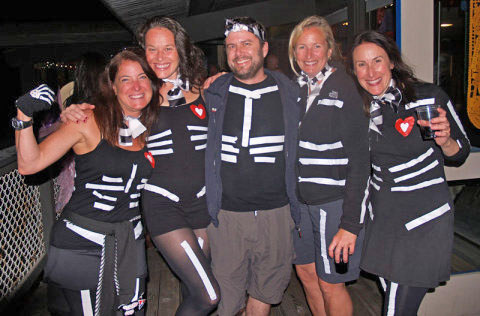
© Latitude 38 Media, LLC
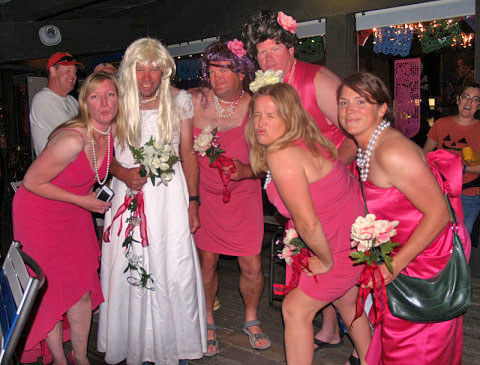
© Latitude 38 Media, LLC
Sunday’s pursuit race started with a two-hour postponement to wait for wind. This gave everyone a chance to admire more Halloween costumes and decorated boats, and listen to music — where else in the Bay Area will you find a steel drum band on the pin end boat?
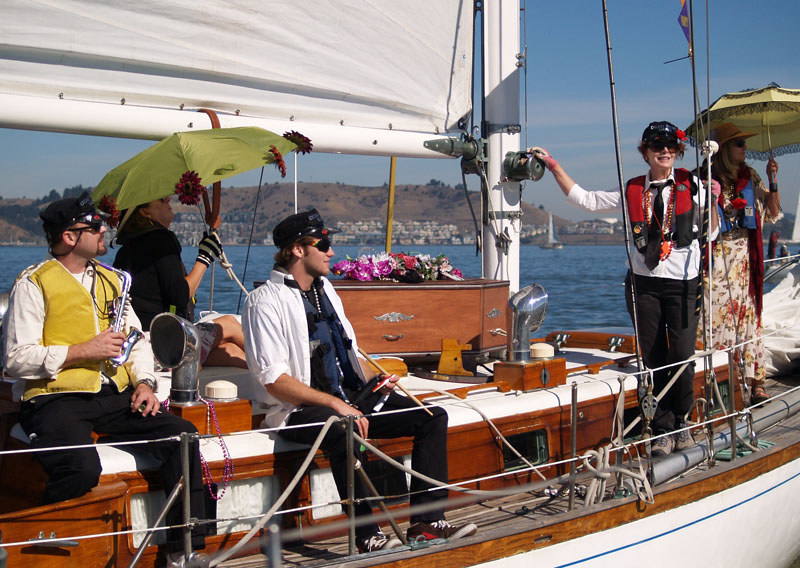
©2012 Latitude 38 Media, LLC
During the second hour of the postponement, keen eyes spotted fog slipping in through the Golden Gate, and everyone knows the fog brings in the wind. Soon the racers were smashing through the ebb chop on their way through the Slot, where they found the wind had blown the fog away.
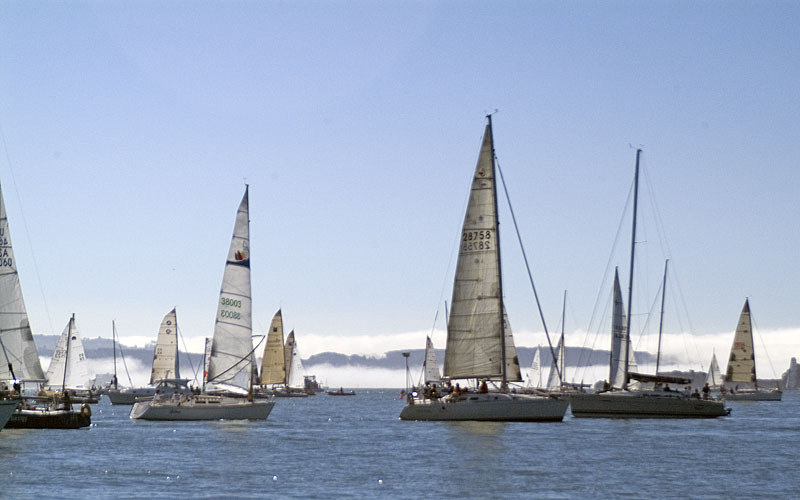
Racers are given the choice to round Angel Island and Alcatraz in either direction, and some years there’s a debate as to which course is favored. This year, clockwise was the only correct choice. Those who went counter-clockwise stalled out at Angel Island.
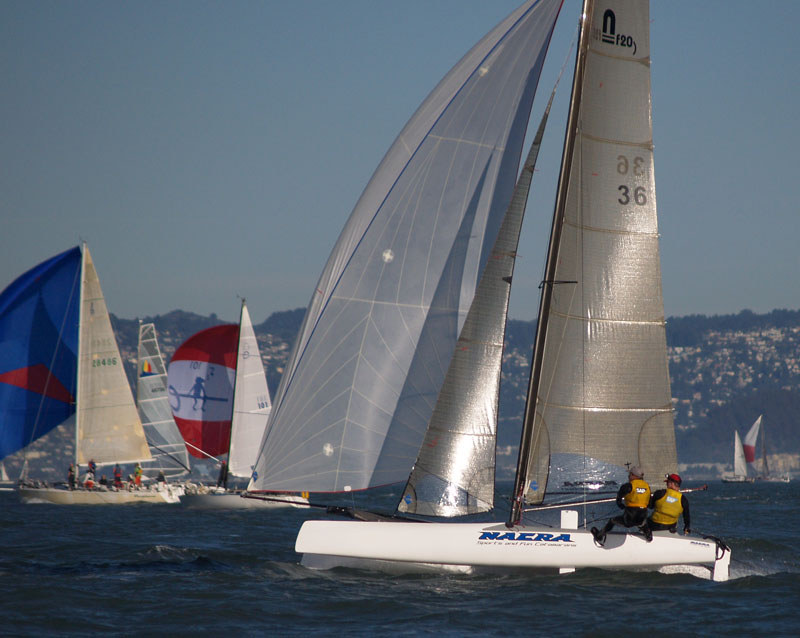
©2012 Latitude 38 Media, LLC
With the long delay of game, a strong ebb, and a wind hole at the finish line, the 5 p.m. deadline came all too soon for many. In all, only 36 out of 191 boats were able to finish. As night fell and the full moon rose, awards were handed out for both days’ racing, sailing in costume, decorated boats, floating pumpkins retrieved, and a tough trivia quiz written by the skipper of the first monohull to finish, Gordie Nash of Arcadia. For full results from both days, see www.richmondyc.org.
Afraid of Missing ‘Lectronic?
Ha-Ha Fleet Approaching Turtle Bay
As we post this report (noon on Wednesday) via SailMail from the Baja Ha-Ha mothership Profligate, we’re about 60 miles from crossing the finish line of Leg One, just outside Bahia Tortugas (Turtle Bay), with the fleet spread out far and wide around us.
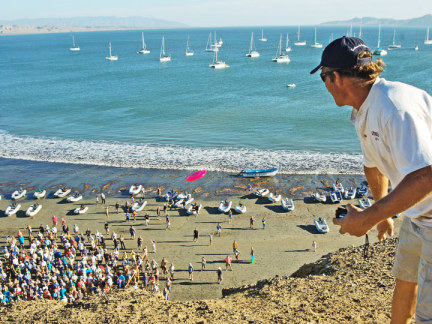
© Latitude 38 Media, LLC
With only zephyrs of wind blowing at 11 a.m. Monday, when the starting horn sounded outside San Diego Bay, the event’s Grand Poobah declared a "rolling start," meaning that all boats could motor along the rhumbline without penalty until the wind piped up. Not more than 20 minutes later, however, a gentle sea breeze started to fill in from the northwest, so at 11:30 the rolling start was cancelled and the fleet sailed south with their lightest sails flying.
The light air wasn’t a big surprise, but the huge band of heavy fog that the fleet sailed into was definitely odd. Before breaking free of it just south of the Coronados, it was so thick — at its worst — you could see only a few boat lengths ahead of you. Once out of the soup, however, the afternoon and evening were glorious: sunny and clear, with flat seas and very light winds, as predicted.
In contrast to the forecasts, however, the breeze — which was expected to be light for two days — built to the 8- to 10-knot range under spotty cloud cover about 11 p.m. that first night, yielding splendid sailing conditions beneath a brilliant full moon. Although veteran Ha-Ha’ers may have wished for more breeze, it was an ideal beginning for the undoubtedly anxious first-timers. Light-to-moderate winds allowed us -— and, we presume, most of the fleet — to sail under spinnaker during most of Day Two (yesterday) and through last night, with top wind speeds around 15 knots.
We’d heard that water temps were abnormally warm along the Baja, and that info proved to be correct, as we recorded steadily rising sea temps. From a low of 61 degrees at the start, the sea temp had risen to 71 by Day Two’s 7:30 a.m. roll call, and up to 75 at the time of this morning’s net. As every fisherman knows, warmer water means better fishing. Aboard Profligate we’ve already caught about as many fish, including a beautiful dorado, than we did on last year’s entire trip —and we don’t even know what we’re doing!
A review of our check-in log shows that 115 boats actually started (of 149 sign-ups), which is down substantially from last year, although the crew-per-boat ratio is substantially higher: 412 souls, all told. A number of additional boats — late starters — are expected to catch up while the fleet lays over at Turtle Bay. With any luck we’ll be able to post additional reports from there with photos. In the meantime, the only negative, as we look ahead to the coming days, is that a tropical storm is threatening to steer toward Cabo. But that’s seven days and 420 miles south of us. Hopefully it will fizzle long before our anticipated November 8 arrival. Right now, life is sweet out on the ocean, free from the stresses of the rat race!
Spaghetti Patch
Most boats lose a little speed as they age. It might be older sails, but often times it’s the amount of stuff that collects onboard. As we were getting Profligate ready to set sail on the 19th Baja Ha-Ha, we decided to see if we had any lines we no longer needed. Crewmember Fin Beven stands over the excess that was found. Wow, where did it all come from? Heavy, too.
